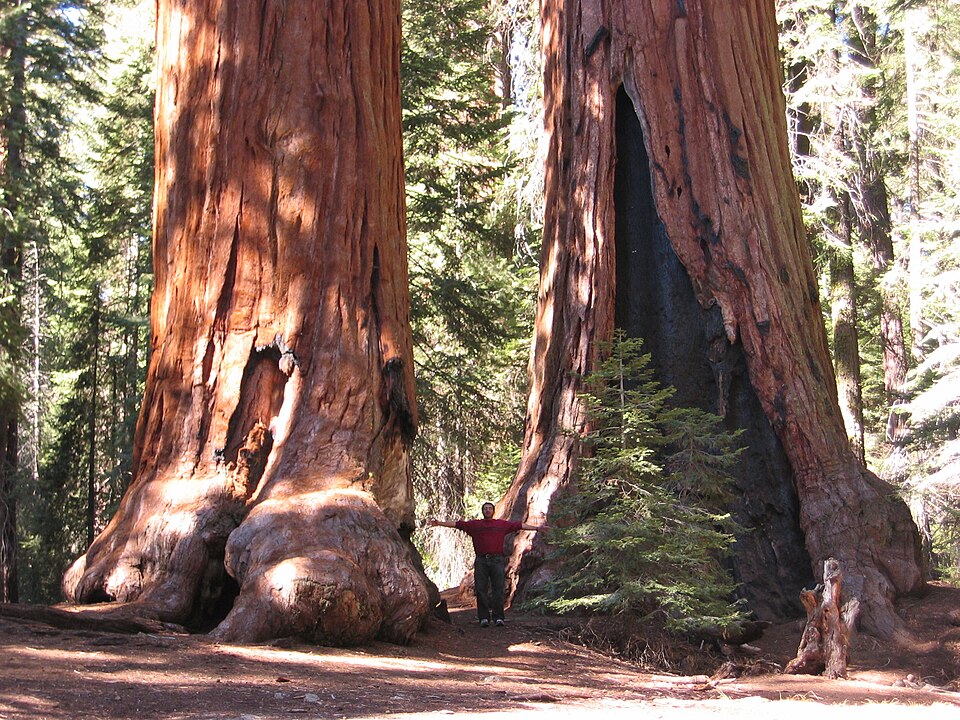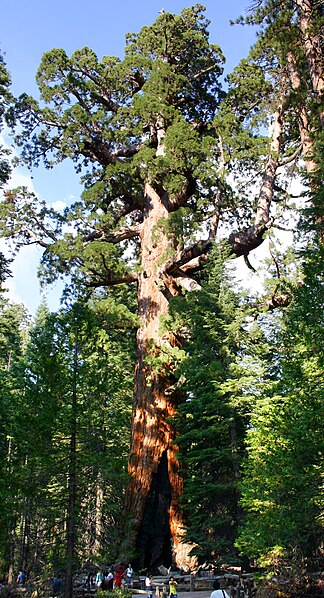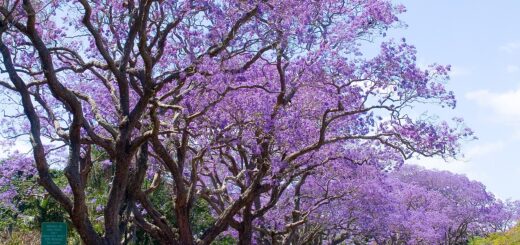Giant Redwood Tree – Nature’s Timeless Giants

The giant redwood trees (also known as the giant sequoia, Sierra redwood or Wellingtonia), scientifically known as Sequoiadendron giganteum, are among the most awe-inspiring natural wonders on Earth. Towering high above, they are the tallest living organisms on the planet, with some reaching heights of over 300 feet. These ancient giants are not only remarkable for their size but also for their resilience, longevity, and the important ecological role they play in their native habitats. In this blog, we’ll delve into what makes the giant redwoods so special and why they continue to captivate nature lovers, scientists, and adventurers alike.
The Majesty of the Giant Redwood
Giant redwoods are found primarily in coastal California, where they thrive in the cool, foggy climate of the Pacific Coast. These trees are known for their impressive height, with the tallest living redwood, named Hyperion, measuring an astonishing 379.7 feet (115.7 meters). To put that in perspective, it’s taller than a 36-story skyscraper!
The sheer size of the giant redwoods is nothing short of breathtaking. Their trunks, which can measure over 20 feet in diameter, are often covered in thick, reddish-brown bark. This bark is not only visually striking but serves as a protective barrier against both fires and pests, allowing the trees to survive harsh conditions.

Sequoia National Park, California, USA – the Generals Highway passes between giant sequoias – 1998 – © Creative Commons | Author: Brian W. Schaller
Age: Living Relics of the Past
Redwoods are also known for their incredible longevity. Some of these trees have been living for over 2,000 years, making them some of the oldest living organisms on the planet. In fact, redwoods have withstood countless environmental changes, from shifting climates to natural disasters. Their endurance over millennia is a testament to their adaptability and resilience.
Interestingly, redwoods can even regenerate after being damaged. New shoots can sprout from the base of a tree or from the roots, allowing the species to persist even after wildfires, storms, or human interference. This unique ability to regrow and survive contributes to the overall health and continuity of the forest ecosystem.
Ecological Importance
Giant redwood forests are not just awe-inspiring landscapes; they are also ecologically vital. These forests are home to a rich diversity of plant and animal species, many of which are found nowhere else on Earth. The dense, shaded canopy created by the towering redwoods is a perfect habitat for a variety of creatures, from small insects to larger mammals like deer and black bears.
The forest floor of a redwood grove is often covered in a thick layer of fallen needles, creating an ideal environment for fungi and other decomposers. These organisms break down organic matter, enriching the soil and supporting the growth of new plants and trees.
Moreover, redwood forests act as a crucial carbon sink. By absorbing and storing vast amounts of carbon dioxide from the atmosphere, they play a critical role in mitigating climate change. A single mature redwood can store thousands of tons of carbon over its lifetime, making these forests essential to maintaining the balance of our planet’s climate.
Conservation Challenges
Despite their grandeur and ecological significance, giant redwoods face numerous threats. Urban development, logging, and climate change have put pressure on these ancient forests. While redwoods are protected in national and state parks such as the Redwood National and State Parks in California, illegal logging and development still pose risks to their long-term survival.
Conservation efforts are vital to preserving these forests for future generations. Organizations like the Save the Redwoods League are working to protect and restore these natural wonders by advocating for more protected areas, purchasing land for conservation, and supporting scientific research on redwood ecosystems.

The “Grizzly Giant” is one of the main attractions in Mariposa Grove in Yosemite National Park. It is a landmark ancient Giant redwood (Sequoiadendron giganteum) tree. Note the size of the people at the bottom of the image for scale. © Creative Commons | Author: Mike Murphy
Visiting the Giants
For those fortunate enough to visit the giant redwoods, the experience is nothing short of magical. Walking through these towering trees, one can’t help but feel a sense of awe and humility. The massive trunks, the whisper of the wind through the branches, and the peaceful quiet of the forest make for an unforgettable adventure.
Some popular spots to see the giant redwoods include:
Redwood National and State Parks – Located in Northern California, this UNESCO World Heritage Site is home to some of the tallest trees in the world. Visitors can explore over 200 miles of trails, including paths that lead through old-growth forests, along scenic rivers, and even through tunnels carved into massive tree trunks.
Muir Woods National Monument – Just outside of San Francisco, Muir Woods offers a serene escape with a collection of magnificent redwoods. It’s an easy day trip for anyone in the Bay Area and is accessible for hikers of all levels.
Avenue of the Giants – Located along California’s Humboldt County, this scenic drive takes visitors through the heart of a redwood forest. It’s one of the best ways to experience the majesty of these trees, and there are plenty of pull-off areas to take in the views or explore on foot.
The giant redwoods are more than just trees
They are living monuments to the resilience of nature. With their towering height, ancient age, and vital role in the environment, they offer a glimpse into the power of the natural world. As we face increasing environmental challenges, protecting these magnificent trees is more important than ever.
Whether you’re a nature lover, a photographer, or simply someone who seeks inspiration from the great outdoors, the giant redwoods provide a humbling reminder of the beauty and endurance of life on Earth. Visiting them is an experience that reminds us of the importance of preserving our planet’s natural wonders for generations to come.
So, if you have the chance, stand beneath these giants and let their silent grandeur leave an imprint on your heart.
References:
[Explore Redwood’s Many Wonders] https://www.nps.gov/redw/index.htm
[Wikipedia] https://en.wikipedia.org/wiki/Sequoiadendron_giganteum










